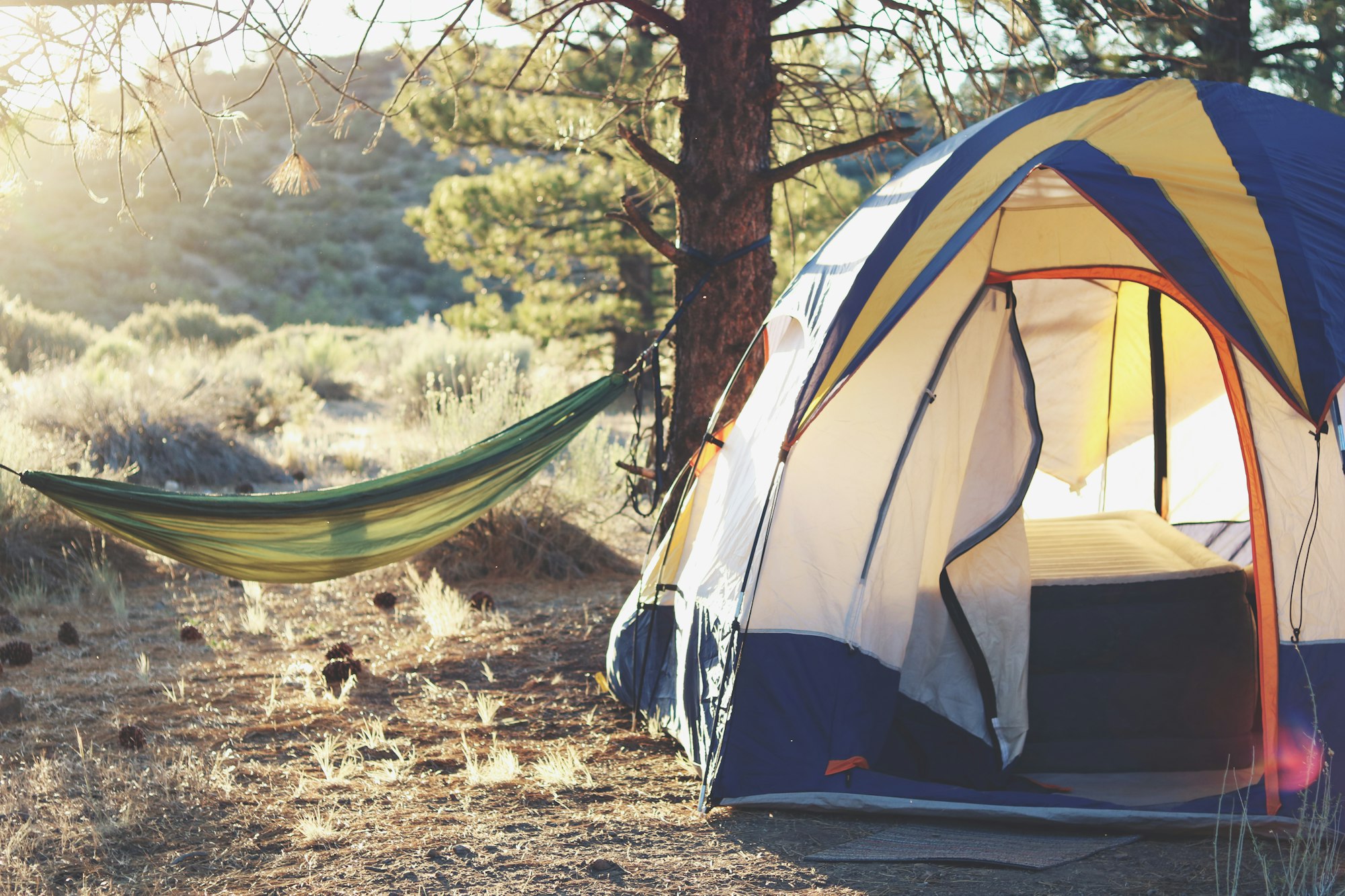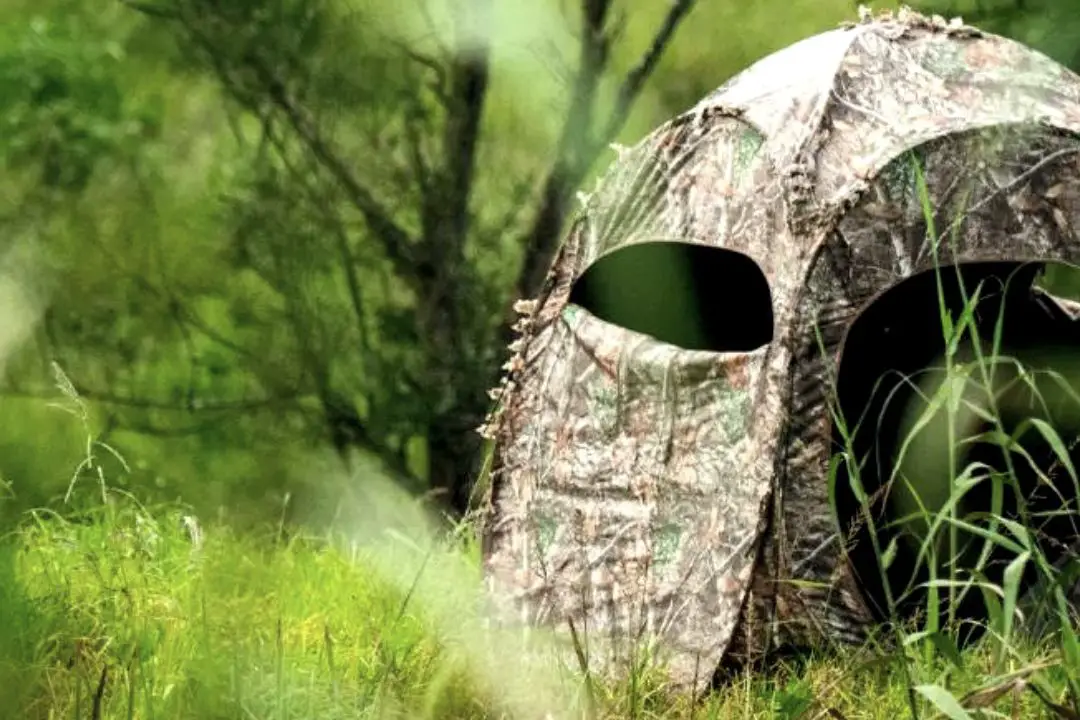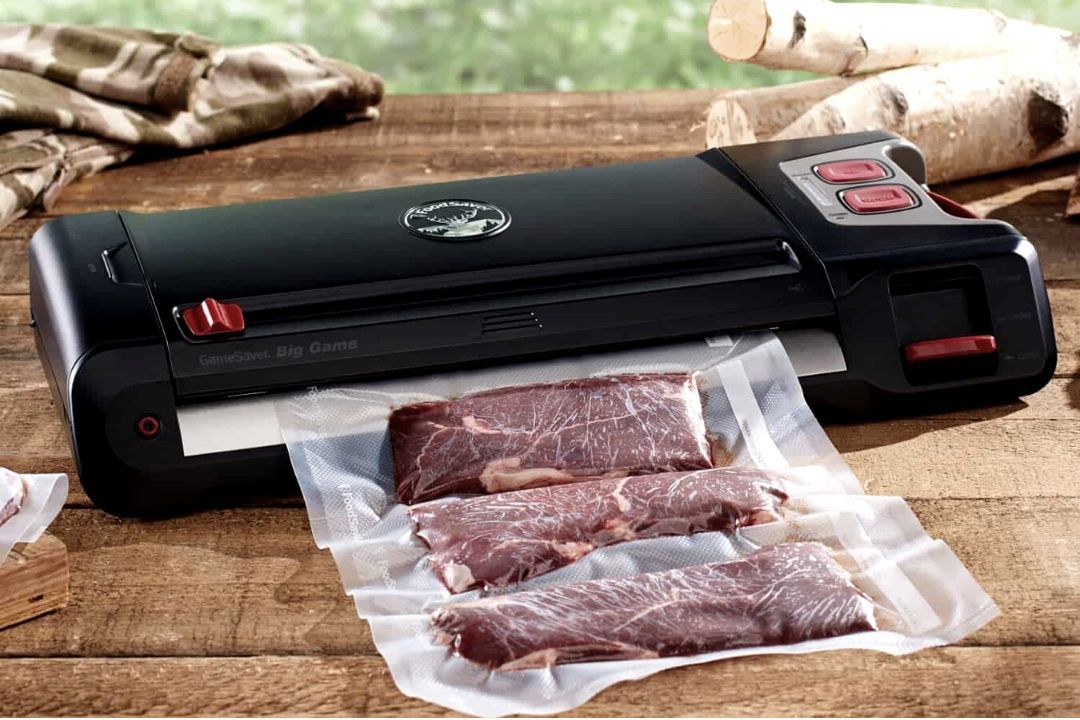A Quick Read on How to Use a Food Dehydrator
Drying food is an easy way to preserve it for long periods of time. With a food dehydrator, you can remove the water content from fruits, vegetables, and meat, preventing bacteria and mold from growing. Dehydrated foods are perfect for camping trips or backpacking adventures!
A food dehydrator is a great way to preserve food for longer periods of time. Dehydration removes the water content from food, which prevents bacteria and mold from growing. This makes dehydrated foods the perfect camping snack because they are lightweight, easy to store and have a long shelf life.
Plus, dehydrated foods are healthy and nutritious! Here are some tips on how to use a food dehydrator to make delicious, healthy snacks for your next camping trip.
How Does Dehydration Work?
Dehydration works by evaporating the water content in food. The water vapor is then drawn away from the food by the circulating air. By removing the water content, you are also removing the bacteria that need water to survive. This makes dehydrated foods less likely to spoil than fresh foods.
Dehydrating foods can also help preserve their nutritional value. Water can leach out vitamins and minerals from foods, so dehydrating them can help prevent this loss of nutrients.
When Should I Use a Food Dehydrator?
A food dehydrator is a great tool for anyone who wants to store food for long periods of time or take snacks with them on camping trips. Dehydrated foods are lightweight and easy to transport, making them ideal for backpacking and other outdoor activities.
Dehydrated foods can also be rehydrated, so they can be used as ingredients in recipes or eaten as-is. Rehydrating dried fruits and vegetables can help them retain their original flavor and texture better than if they were fresh.
What Can I Dehydrate in a Food Dehydrator?
Almost any food can be dehydrated in a food dehydrator. Fruits, vegetables, meats, herbs, and spices can all be dried using this method. You can even use a food dehydrator to make your own beef jerky or fruit leather!
Some Tips For Using Dehydrator
1. Choose the Right Foods
The first step to making delicious dehydrated snacks is to choose the right foods. Some of the best foods to dehydrate are fruits, vegetables, meats, and herbs. When choosing fruits and vegetables, look for ones that are ripe and in season.
Ripe fruits and vegetables have more water content, which means they will dehydrate better. Meats should be lean and trimmed of fat. Herbs should be fresh and dry. Avoid using wilted or bruised fruits and vegetables, as well as fatty meats or herbs with brown or yellow leaves.
2. Prepare the Foods
Once you have chosen your foods, it's time to prepare them for dehydration. Start by washing all of your fruits and vegetables in cool water.
Cut them into bite-sized pieces so that they will dehydrate evenly. If you are using meat, slice it thinly against the grain. If you are using herbs, remove any stems or leaves.
3. Set Up Your Dehydrator
Follow the instructions that came with your dehydrator to set it up properly. Place the trays in the dehydrator and preheat them to the correct temperature according to the type of food you are drying (most fruits and vegetables should be dried at 125 degrees Fahrenheit).
4. Place the Foods in the Dehydrator
Once the dehydrator is preheated, it's time to start adding your foods! Place them on the trays in a single layer so that they can dry evenly.
Make sure that there is enough space between each piece of food so that air can circulate freely around them. Do not overcrowd the trays or stack them on top of each other.
5. Dry the Foods Until Crisp
Depending on the type of food you are drying and the temperature of your dehydrator, it will take anywhere from 4-12 hours for your foods to be fully dried out. Check on them periodically throughout the drying process to make sure they are drying evenly.
Once they are dry, they should be crisp but still pliable. Store them in an airtight container in a cool, dark place until you're ready to eat them!
Also, check out some easy food dehydrator recipes that you should try:
Conclusion
Dehydrating foods is a great way to preserve them for longer periods of time. By removing the water content from food, dehydration prevents bacteria and mold from growing—making dehydrated foods perfect camping snacks!
Plus, they're healthy and nutritious! Follow these tips on how to use a food dehydrator so that you can make delicious snacks for your next camping trip!
And if you want to know more about them and want the best dehydrator for preparing hiking snacks, we got just the article for you. Tap the button below, and check out now!

Also, check out some of our other articles:







